Benzodiazepines are commonly used to treat anxiety disorders and sleep disorders. They are thought to exert their effects in the brain by acting at receptors for the neurotransmitter gamma-aminobutyric acid, or GABA. In this video, I cover the the mechanism of action for benzodiazepines. TRANSCRIPT: Welcome to 2 minute neuroscience, where I explain neuroscience topics in 2 minutes or less. In this installment I will discuss benzodiazepines. Benzodiazepines are a class of drugs named for their chemical structure that are commonly used to treat anxiety disorders and sleep-related disorders. They include well-known drugs like valium, xanax, and klonopin. There are dozens of drugs in the benzodiazepine class, but the mechanism by which they all exert their effects is thought to be similar. The sedating and anxiety-reducing effects of benzodiazepines are believed to be attributable to the drugs’ actions at receptors for the neurotransmitter gamma-aminobutyic acid, or GABA. In particular, benzodiazepines act at a subtype of GABA receptors called the GABAa receptor; GABAa receptors that also bind benzodiazepines are sometimes called benzodiazepine receptors. When benzodiazepines bind, or attach, to the GABA receptor, they bind at a location separate from where GABA itself binds, and exert an influence over GABA binding. This type of action is called an allosteric effect, and in the case of benzodiazepines it results in increased action at the GABA receptor. There is not complete consensus on exactly how benzodiazepine binding affects activity at the GABA receptor but there is evidence to suggest that it increases the likelihood that GABA binding will activate the receptor and/or increases the effect that GABA has when it binds to the receptor. That effect is to open an ion channel and allow the passage of negatively charged chloride ions into the neuron. This influx of negatively charged ions pushes the membrane potential further from zero, or hyperpolarizes it, and makes it less likely the neuron will fire an action potential. This type of neural inhibition is the basis for the effects of benzodiazepines, for by inhibiting the activity of neurons that make up networks involved with anxiety and arousal, the drugs are able to produce calming effects. REFERENCES: Gielen MC, Lumb MJ, Smart TG. Benzodiazepines modulate GABAA receptors by regulating the preactivation step after GABA binding. J Neurosci. 2012 Apr 25;32(17):5707-15. doi: 10.1523/JNEUROSCI.5663-11.2012. Möhler H, Fritschy JM, Rudolph U. A new benzodiazepine pharmacology. J Pharmacol Exp Ther. 2002 Jan;300(1):2-8.
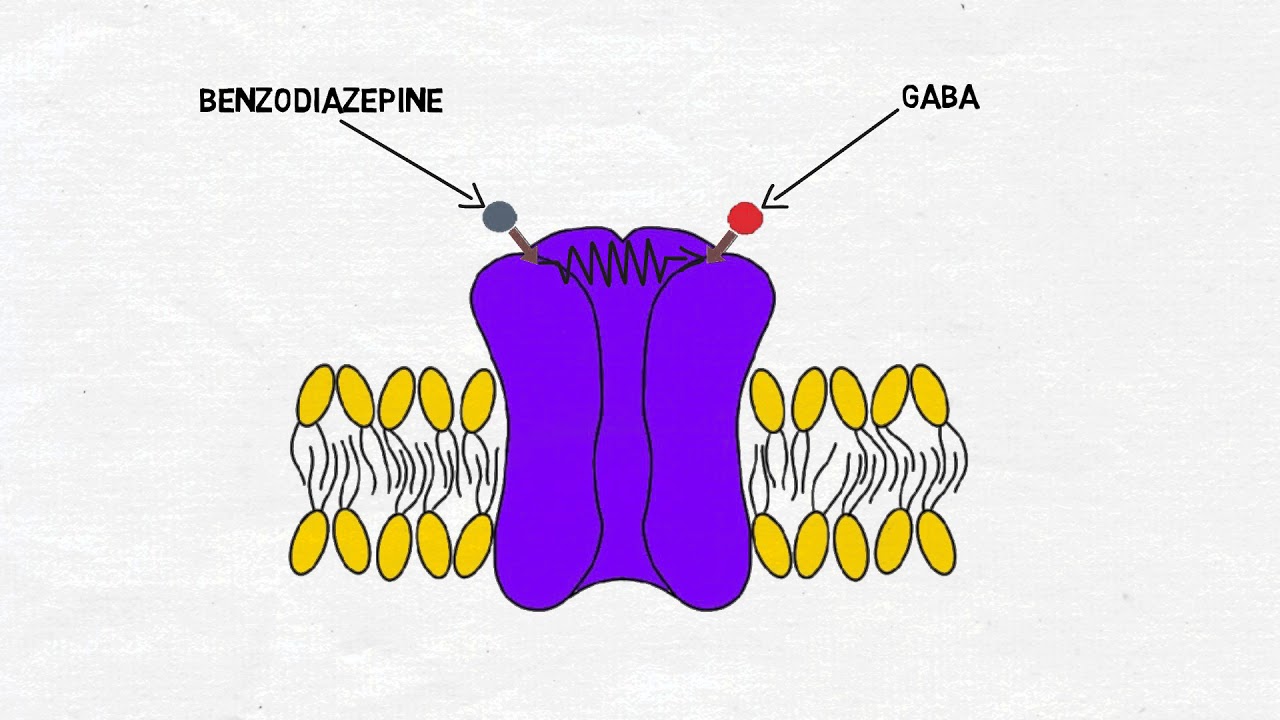
2-Minute Neuroscience: Benzodiazepines
- Post author:
- Post published:May 26, 2021
- Post category:Uncategorized
- Post comments:0 Comments
You Might Also Like
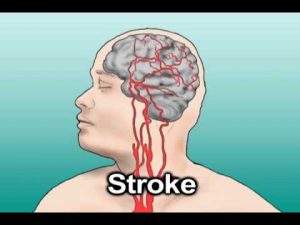
Hypertension and Stroke (Health Tip)

Andrology Video – 6

5 Reasons to Take Supplements (AND WHEN YOU NEVER SHOULD!)

What makes muscles grow? – Jeffrey Siegel

Glute Bridge Workout for Bigger, Rounder, Stronger Glutes!

Brain Injury Medicine Video – 3

Equipment Demo – The Reverse Hyper

USP Labs Modern BCAA Review with NPC SuperHeavyweight Bodybuilder Eclipse
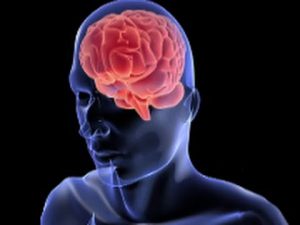
What Are Antioxidants? (Mental Health Guru)

Judo Video – 3

How to Measure body fat percentage CHEAPLY & EFFECTIVELY – calculator

Heart Disease in Women – Causes, Symptoms and Treatment Options for Women

Cycling Video – 1

The Supplement Timeline (What Age – Which Supplements!)
Clinical Supplementation

Making A Yoga Routine Video – 4

7 Natural Cures For Osteoporosis
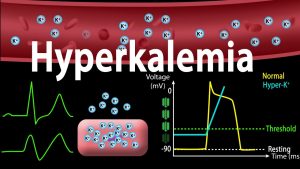
Hyperkalemia: Causes, Effects on the Heart, Pathophysiology, Treatment, Animation.

What Is a Set? | Gym Workout

A Student with Mental Illness

Erectile Dysfunction: Treatment Options for Erectile Dysfunction

CHEST (PECS) – Flat Bench Press

Do You Need PROTEIN on Non-Workout Days?

Abdominal Exercises – Reverse Trunk Twist

Top 10 Resistance Band Exercises (You can do anywhere)

Hanging Leg Raises – for Lower Abs

Best Protein Powder For Different Body Types | BeerBiceps Fitness

Sprinter Step Up Jump

Flat Bench Fly-2

Liver Crash Course
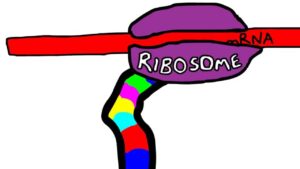
Testosterone & Androgenic Effects Video – 24

5 Causes Of Pimples That You Should Know
Fat Loss/Obesity Nutrition

Hypertension

Spa Mineral Video – 2

✅ Ovulation – HCG

2 NO CHEAT Side Lateral Raise Variations You Should Use On Shoulder Day

Stroke – Causes, Symptoms and Treatment Options

Overdose & Side Effects | Vitamins

Physiotherapy in Rehabilitation Video – 10
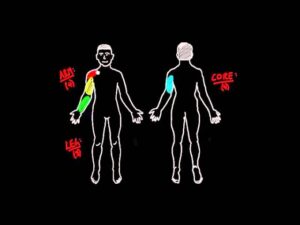
11 major muscle groups

